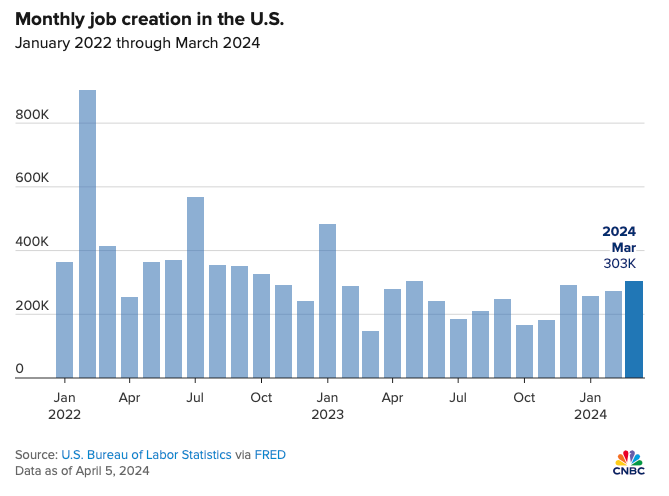INSIGHTS ON JOB GROWTH
Data interpretation is an important skill. Several arguments are based on studies that lead to interpretations that are wildly different from one another, which makes the studies themselves seem inconclusive. Take the following excerpt from one of my previous articles on the subject as an example.
Economist Thomas Sowell once gave a great example of the mistakes made when interpreting data. He mentions a time when median household income decreased while per capita income increased. If the latter is true, how do we explain that households are making less while everyone is making more?
The answer is simple. We have to look at demographic data over the same period. According to census data, several households went from two or more adults living under the same roof to two or fewer. This often happens when former roommates earn enough to afford their own homes, leading to lower “household” income.
What is often demonstrated in data only reveals part of what is happening. We need more data to understand why it is happening, and what that could mean for the future. Keep this in mind for the following positive trend.
POSITIVE TREND: JOB GROWTH “ZOOMS” IN MARCH
I watch market growth to report positive trends in the newsletter. I was happy to see that job growth had a swift increase in March when I saw the following article from CNBC, titled “Job growth zoomed in March as payrolls jumped by 303,000 and unemployment dropped to 3.8%.”
This is, on the face of it, good news, but we need to keep two things in mind.
First, by sector: Health care led with 72,000 new jobs, followed by government (71,000), leisure and hospitality (49,000), and construction (39,000). The increase in government positions is a double-edged sword. It could mean that the positions are a reflection of a growing market with more taxable income leading to more positions in government, but it could also reflect a failing market, with the government borrowing to spend on jobs in hopes of stimulating the market.
Second, when looking at job growth over the past two years, it could be considered disingenuous to use the title “Job growth zoomed in March.” Take a look at the graph included in the article.
Indeed, there is an increase between February and March. Whether this increase merits the use of the word “zoom” is debatable.
I always stress to readers to ask more questions when presented with data. We can know the truth behind things, but we sometimes need to digger a little deeper to find it.


